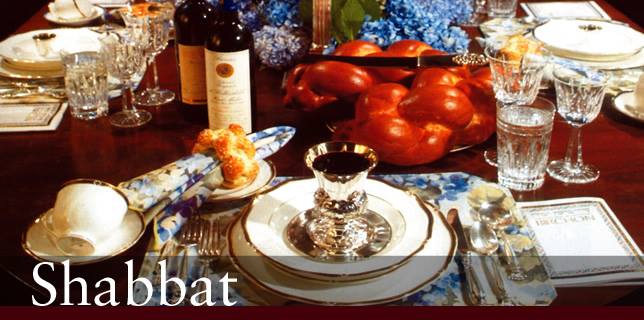On the Sabbath we are supposed to eat three meals. The third meal is begun in the late afternoon as the sun is setting, or just before the sun sets, and continues until the stars are visible in the sky. Grammatically speaking, the name of that meal would be “Seudah Shlishis” (or Seudah Shlishit), “the third meal.”

No kiddush is recited before this meal.
As with all the Three Meals of the Sabbath, before we begin eating we must wash our hands.
We make the Hamotzie blessing over two loaves of challah, just as we do for all the Sabbath Meals.
You fulfill the obligation by eating a few medium-sized bites of challah. However, one should really eat at least a little bit of fish as well.
And of course, we sing zemirot, the festive songs specially for Shabbat.
This is Sholosh Seudos.
Technically, the name “Sholosh Seudos” means “three meals.” It would be more grammatically correct to call it Seudah Shlishis. There is a Kabbalistic reason, however, for calling it “Sholosh Seudos.” (Grammar is not always a concern of Kabbalah, except in prayer. At most other times, the deeper reasons behind things are paramount.)
Kabbalistically, the Third Shabbos Meal has elements of both the other meals. It embodies all three meals at once. We therefore call it “Sholosh Seudos,” the “Three Meals,” all in one.
What are those concepts? Well, its complicated, but I’ll see if I can give you at least a small taste of the issue, with Hashem’s help.
In a nutshell, Friday night all Jews are in a state of receiving the holiness of the Sabbath from Hashem. It is up to each of us to make ourselves a fitting and proper receptacle for that holiness.
During the day of Shabbos, we are each in the state of influencing the rest of the world, spreading around that holiness. We must each raise ourselves to a spiritual level at which we deliberately calculate all our actions to spiritually benefit the universe.
The time of Sholosh Seudos is a time that combines both. Even though that time of day (just before sundown) during the week is considered a time of “din,” judgment, on Shabbos that time is a time of “ra’avah,” Hashem’s willingness. (Actually, it is referred to in the Zohar as ra’avah dra’avah, the very willingness of willingness. Or “willingness squared,” if you will.)
At the time of Sholosh Seudas one can achieve many great spiritual things. Sholosh Seudos is thus referred to by many as a very “mystical” time, for good reason.
Shabbos is also when we lay in a store of holiness on which to thrive the entire week. Sholosh Seudos is the time that begins the “binding” of the holiness, in the sense that we tie it to ourselves, and create a permanent connection between ourselves and the Shabbos, so that it is never lost to us, even during the week.
When I speak of raising ourselves to these high levels, I am speaking of the very purpose of the Torah, and of course, of Shabbos. We can raise ourselves on Shabbos by doing only holy things on Shabbos such as studying Torah, singing Shabbos songs of praise and Torah, removing ourselves completely from this mundane world. (That’s one reason that I feel that using Gentile songs for Sabbath hymns is inappropriate.) Holy nigunim, Jewish tunes, are one of the best ways to achieve the proper focus on the proper emotion for the time. Nigunim are therefore a very proper element of the Shabbos meals.
So, yes, many people call the third meal “Seudah Shlishis” (or “Shlishit,” in the Modern-Hebrew pronunciation that many people mistakenly think is the original pronunciation), and that is grammatically correct. But there is a better reason to call it Sholosh Seudos. (Of course, nowadays many people simply pronounce it “shalashudis,” and that has become the standard.)
Since Shalashudis is the time that includes all of Shabbat, since it combines and brings together the aspects of several times, it is in a sense multiple. Therefore, we call it “shalashudis,” that is, “sholosh seudos” — “three meals” — for it includes all three meals in one.